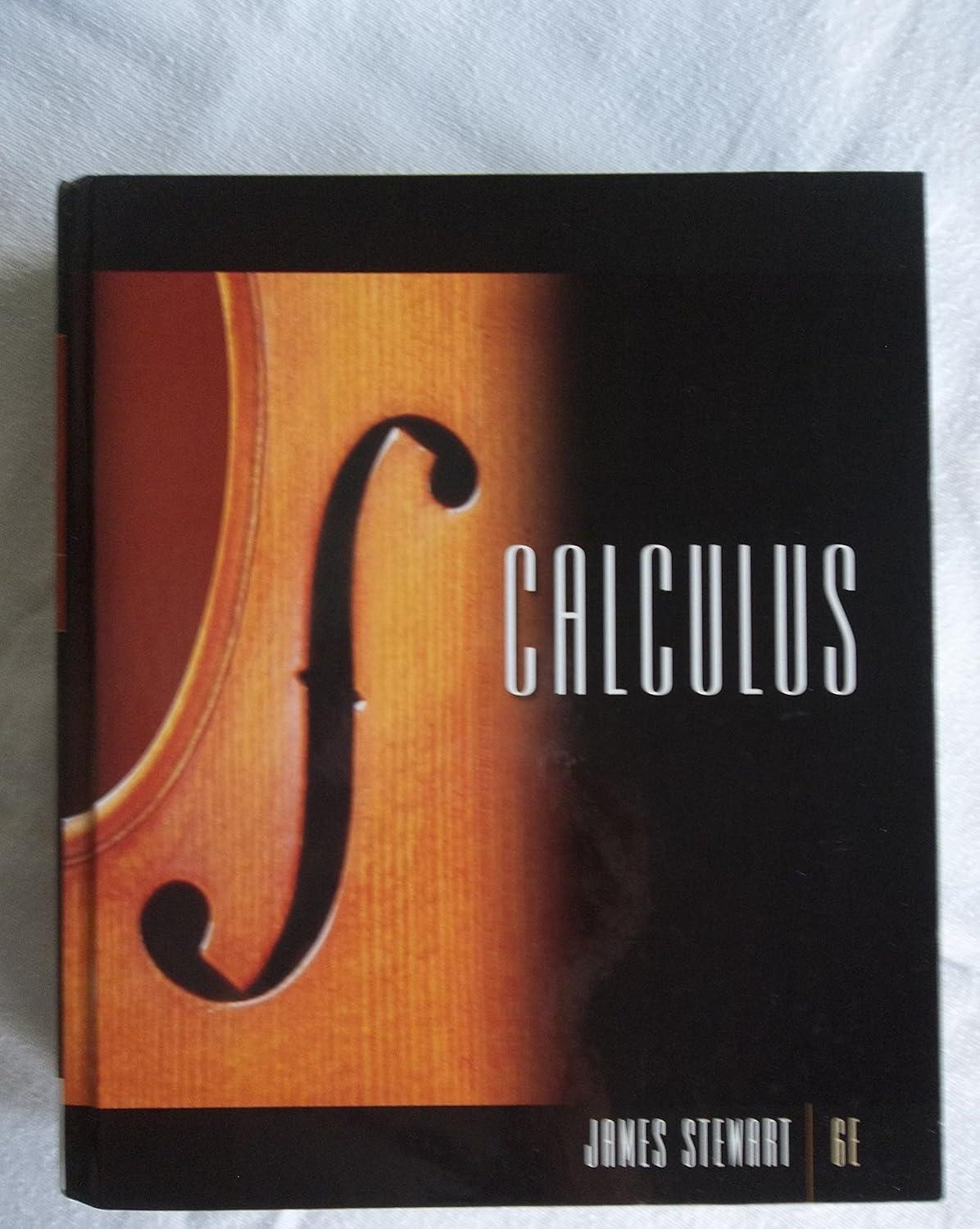Question
1. Chris Coke was arrested for selling cocaine. The state's evidence is that a reliable confidential informant who had bought from Chris in the past
1. Chris Coke was arrested for selling cocaine. The state's evidence is that a reliable confidential informant who had bought from Chris in the past purchased fifty dollars of cocaine from Chris. On this occasion, the confidential informant was given fifty dollars of police funds, wired with a hidden video recorder, and followed to Chris's residence. Investigator Lockemup saw the confidential informant go inside the residence and then come back out in a matter of minutes. Lockemup met the confidential informant a few miles down the road and recovered the cocaine and video recorder from the confidential informant. Lockemup viewed the recording and saw Chris sell cocaine to the confidential informant. Lockemup is using this confidential informant to purchase drugs from several people around Smallville and does not want his name disclosed until the operation is complete. What should Lockemup do?
1. Summarize the different options for pretrial release.
2. What is the purpose of an initial appearance and what are the accused's rights at an initial appearance?
3. Amy was arrested for shoplifting designer clothing. Because the value of the merchandise stolen was greater than five thousand dollars, she was charged with theft of property in the first degree.
She has a long history of property offenses and has been given a high bond because of her past history. Amy is eight months pregnant, but the jail does not want to incur her hospitalization expenses for labor and delivery. What can the jail request in order to avoid Amy's medical costs?
Jacob Arstop was arrested for trafficking in marijuana. He was caught in possession of ten pounds of marijuana and admitted to selling marijuana to support himself. He also admitted to using marijuana and having dependency on marijuana. Jacob cannot make bond but has asked to be released to a drug rehab program while he awaits trial. Explain what the judge's options will be for Jacob's request.
5. When is the appropriate time to ask for a change in pretrial release conditions?
6. What is the purpose of the preliminary hearing?
7. What should an officer do when he or she receives a subpoena to testify in a preliminary hearing?
8. Explain the different pleas that can be entered at arraignment.
9. Summarize the effects of a plea bargain on all parties.
10. What are the elements of a valid guilty plea?
15. Does the defendant have the right to exculpatory evidence at the time of plea? What is the rationale for this rule?
16. What types of evidence can be challenged at a suppression hearing?
17. Who has the burden of proof at a suppression hearing?
18. What two issues of competency must be proven to the court to allow the prosecution to proceed with trial against the defendant?
19. Is it possible for a defendant's competency to change during the course of a criminal proceeding?
If so, give an example.
20. Explain other possible pretrial hearings and what can occur at those hearings.
Part Two
1. Explain the different burdens of proof in the criminal justice system and give an example of a proceeding that utilizes each different burden of proof.
2. When an investigator receives a subpoena, what steps should he or she take to prepare for testimony?
3. What is constitutionally required for a fair jury selection process?
4. What is a Batson challenge? What must be shown? What is the remedy?
5. What is the difference between a challenge for cause and a peremptory challenge?
6. What is the purpose of opening statements and what could make an opening statement improper?
7. What are some things a witness can do to do better on direct examination?
8. What are some things a witness needs to be prepared for on cross-examination?
9. What things should a witness be careful about outside of the courtroom pretrial or during trial?
10. Can evidence be admitted into evidence without a witness? If so, what types?
11. What is the purpose of rebuttal witnesses?
12. Who is the finder of fact and who is the finder of the law in a jury trial?
13. How does a bench trial differ from a jury trial?
14. In what ways can technology be used during the different stages of a criminal trial?
15. What are some problems that can arise when using technology during a criminal trial?
16. What is the purpose of the juvenile justice system? How does it differ from an adversarial proceeding?
17. What rights are still afforded a juvenile charged in juvenile court?
18. Under what circumstances can a juvenile be prosecuted in adult court?
19. Write a state statute outlining the circumstances when a juvenile may be transferred to adult court.
20. What do you think are the three most important stages of an adversarial proceeding and why?
Step by Step Solution
There are 3 Steps involved in it
Step: 1

Get Instant Access with AI-Powered Solutions
See step-by-step solutions with expert insights and AI powered tools for academic success
Step: 2

Step: 3

Ace Your Homework with AI
Get the answers you need in no time with our AI-driven, step-by-step assistance
Get Started


